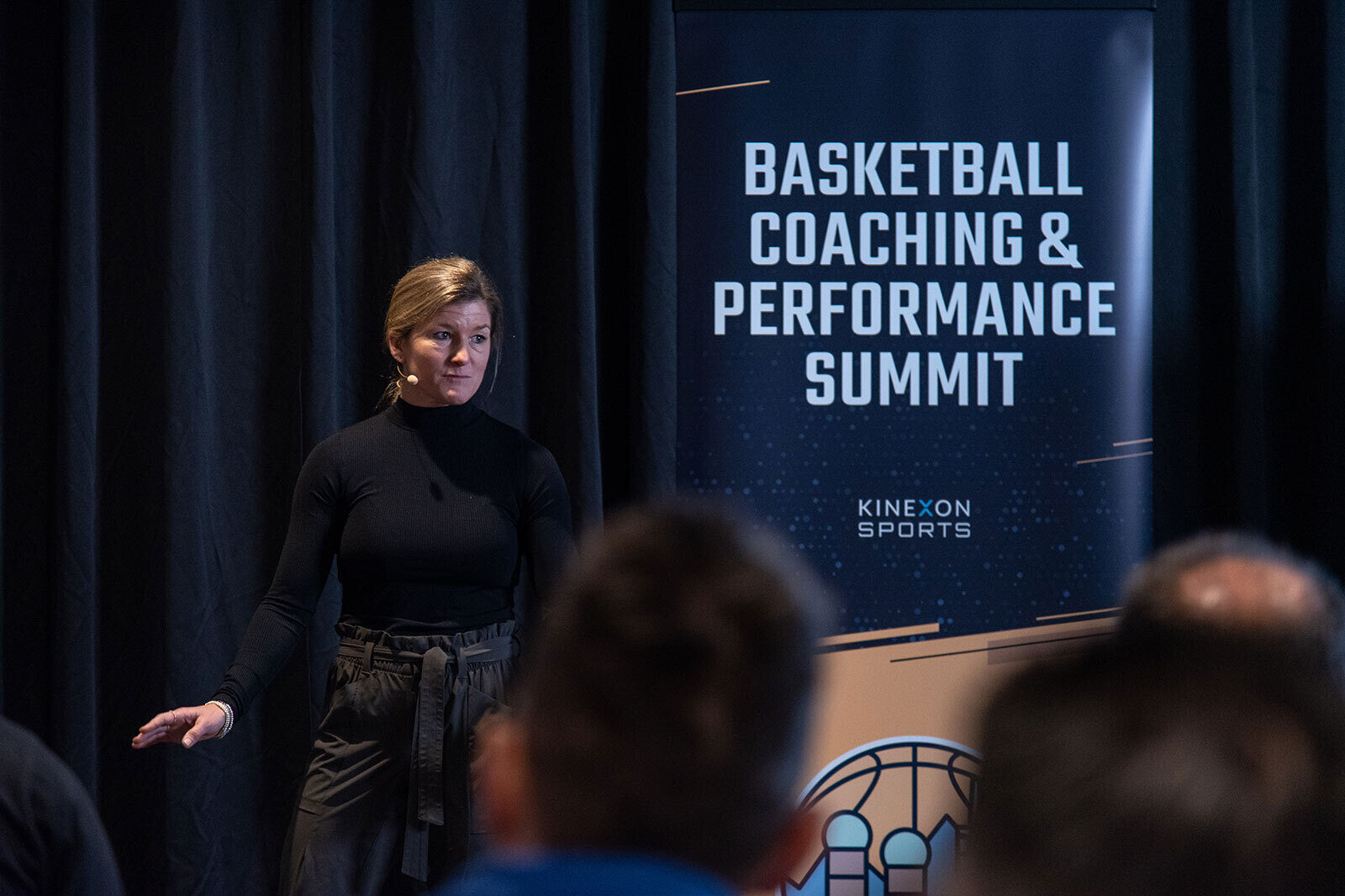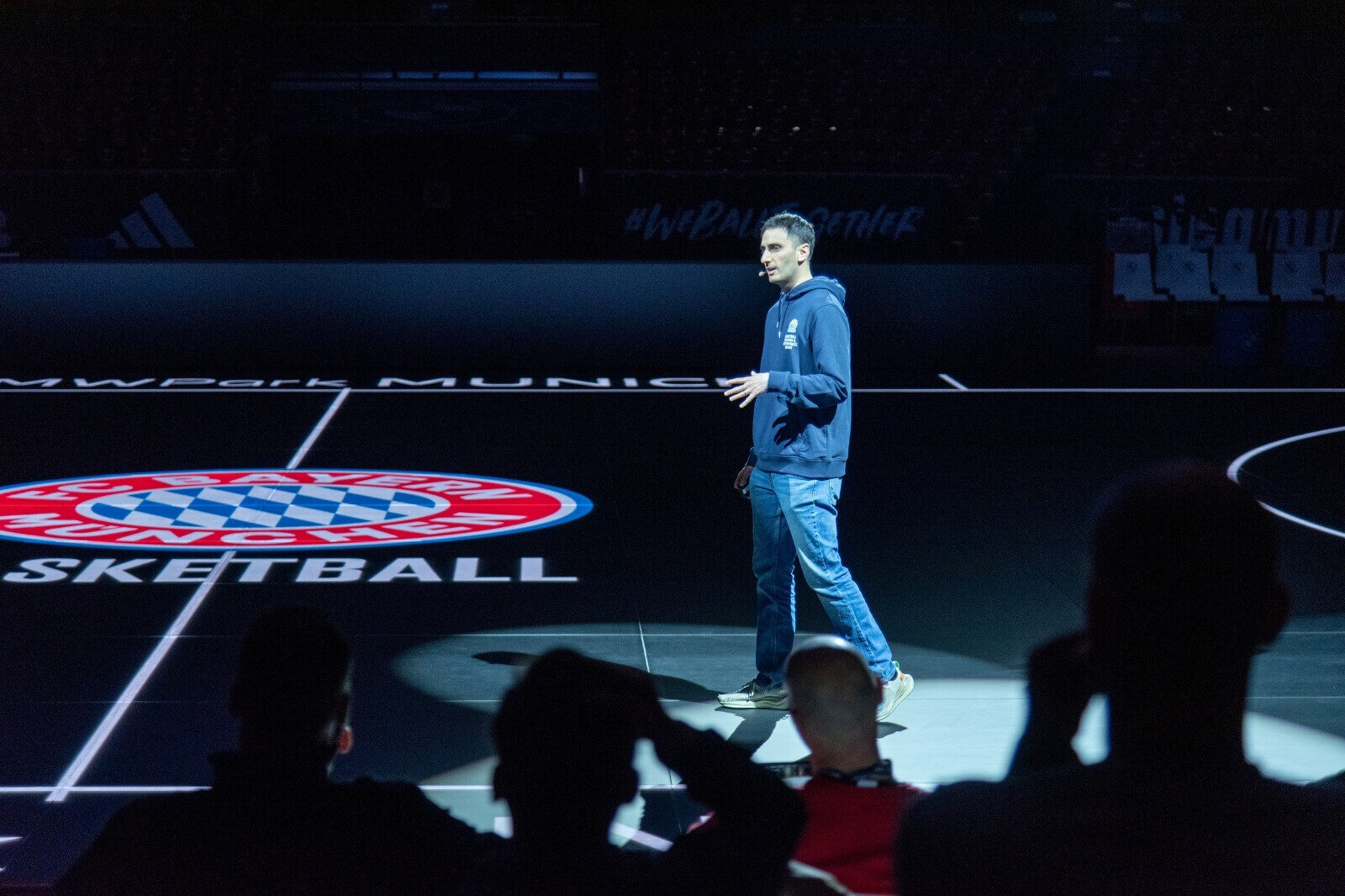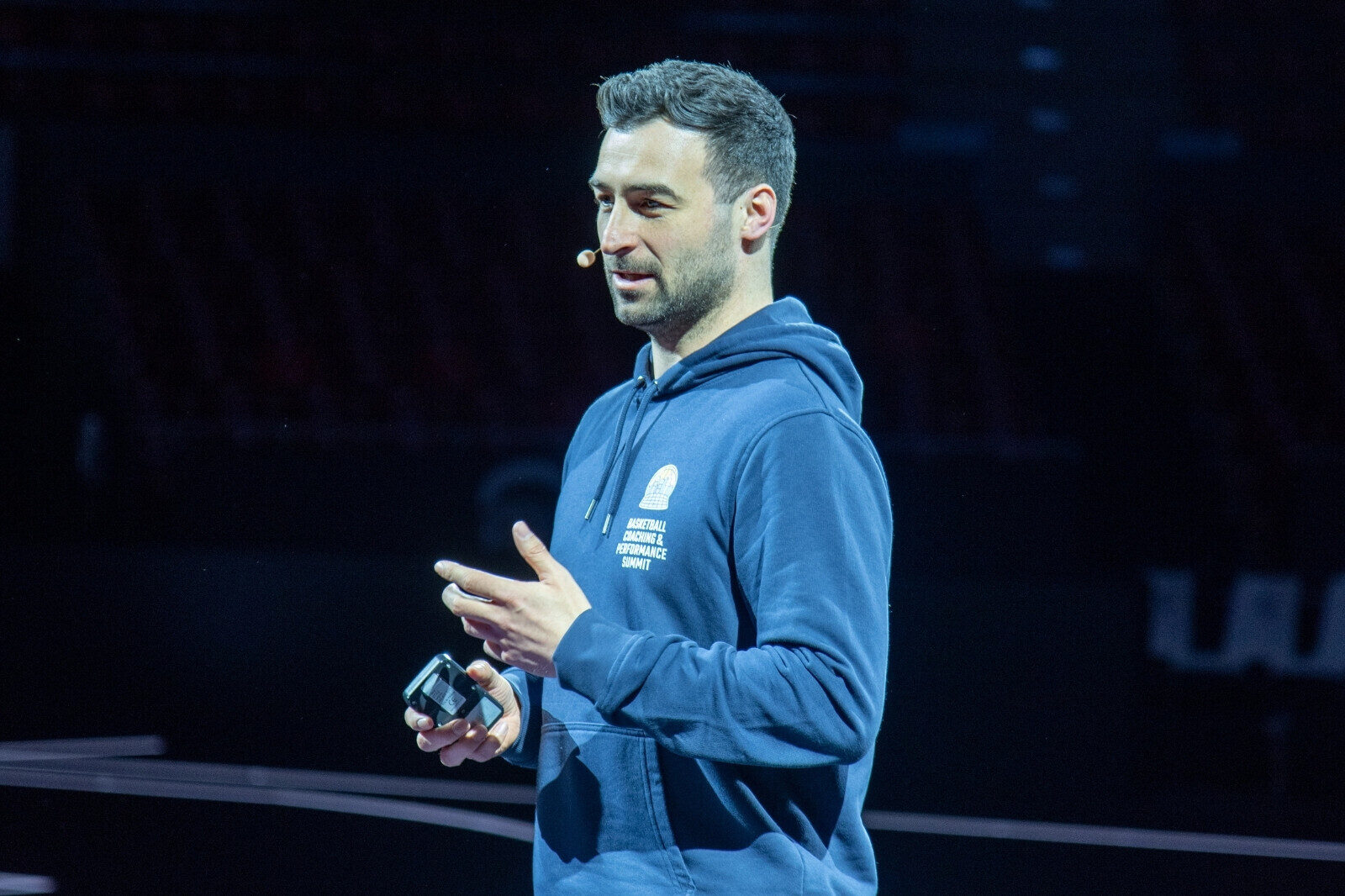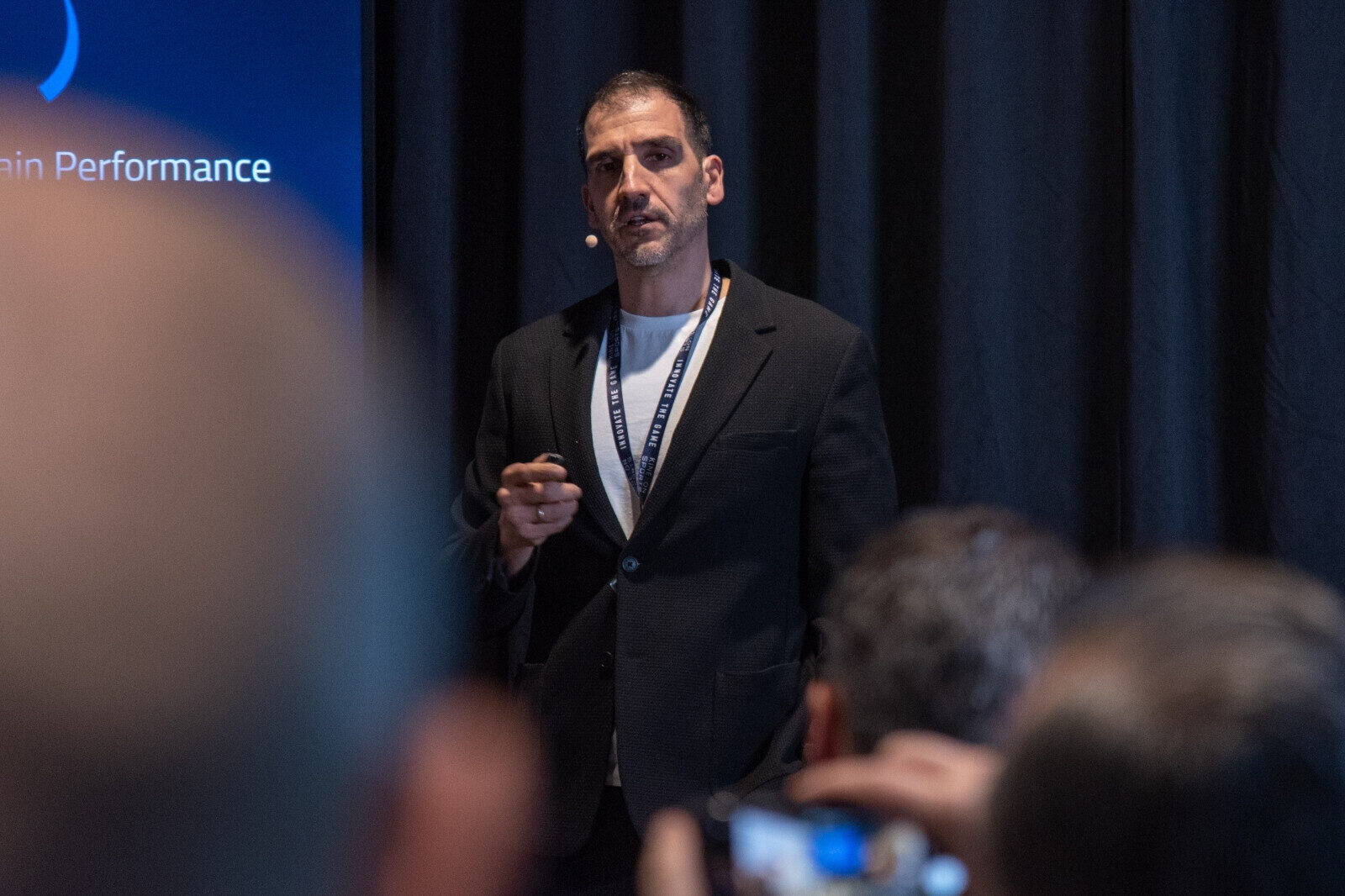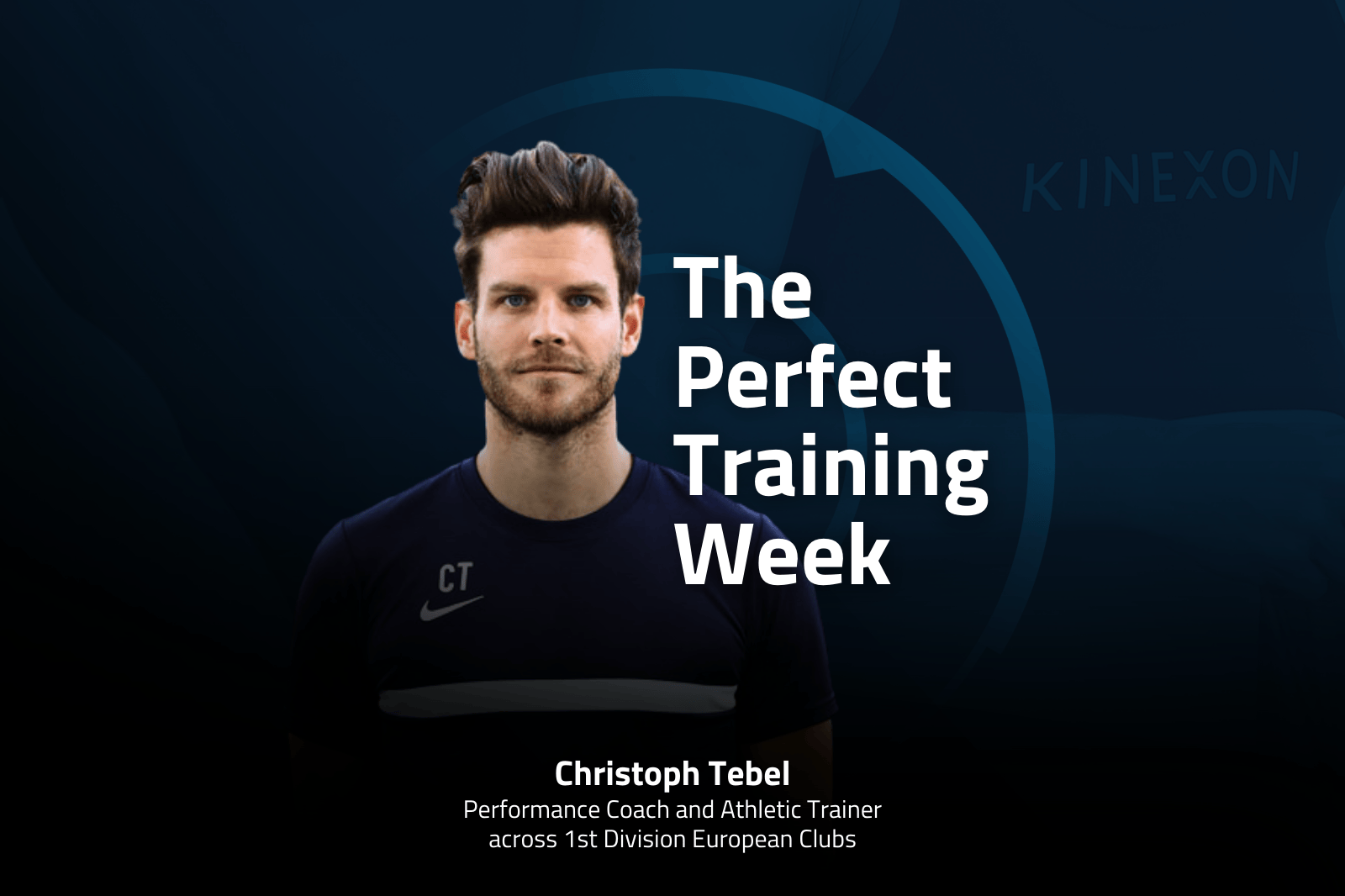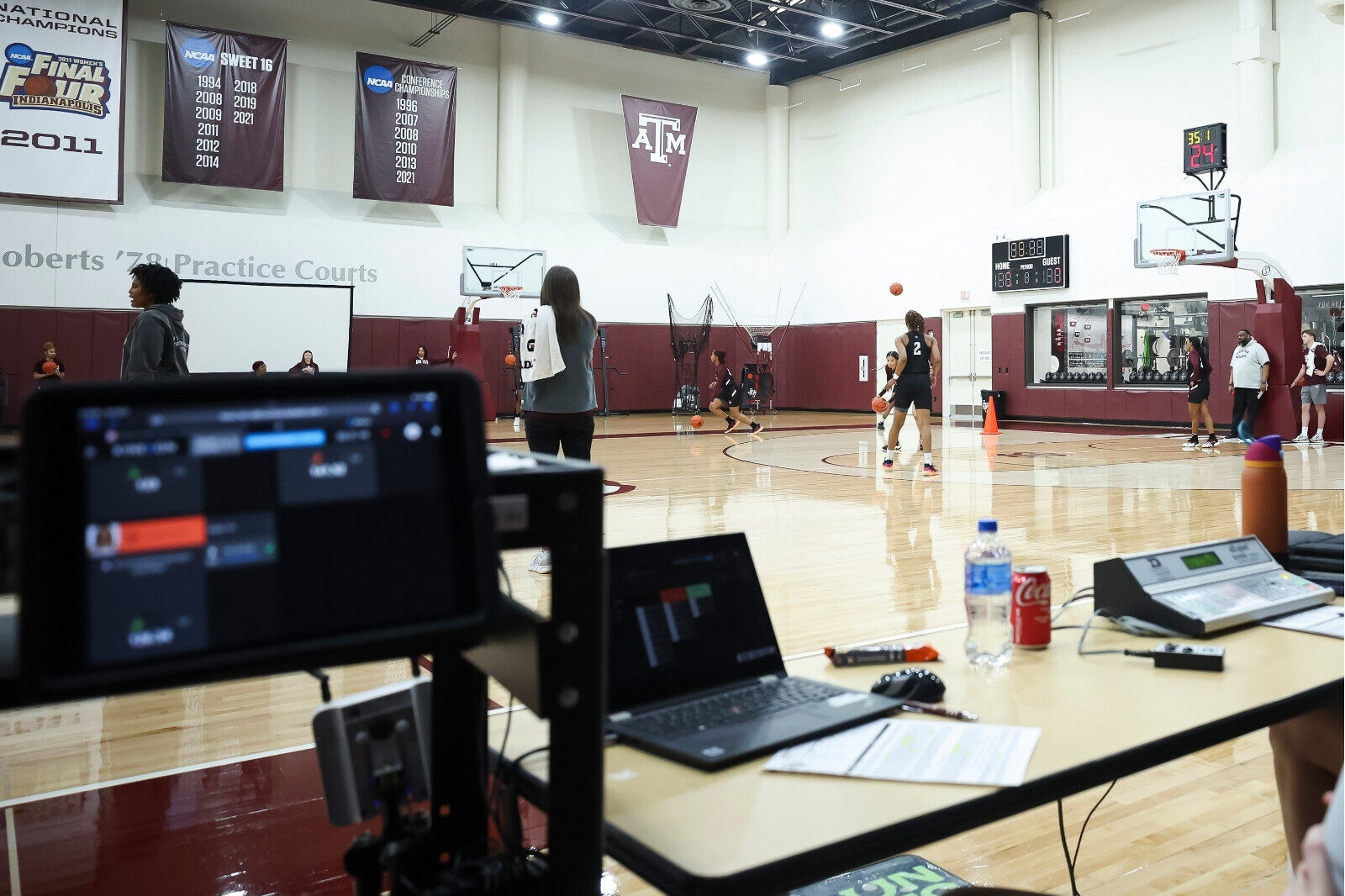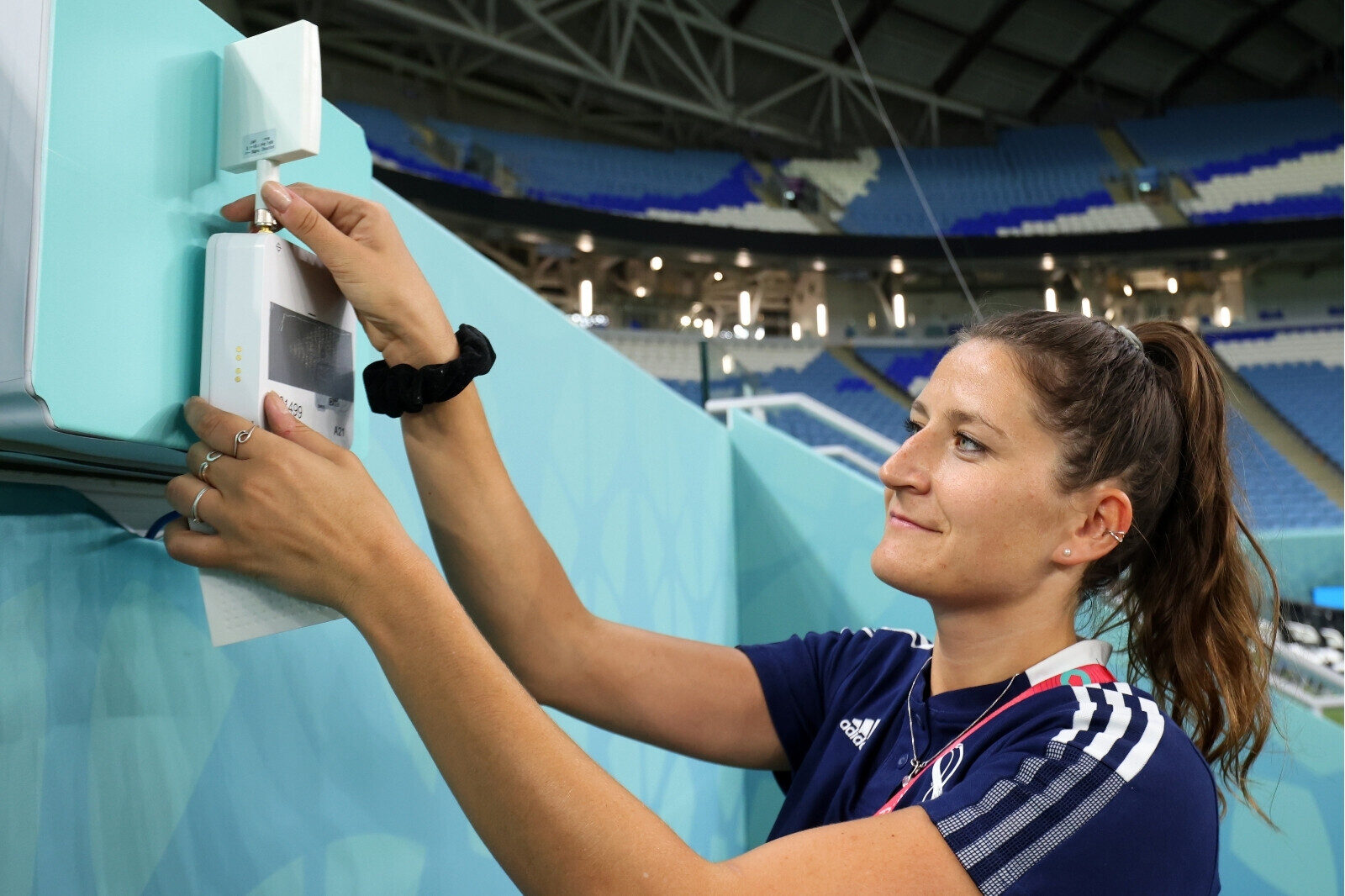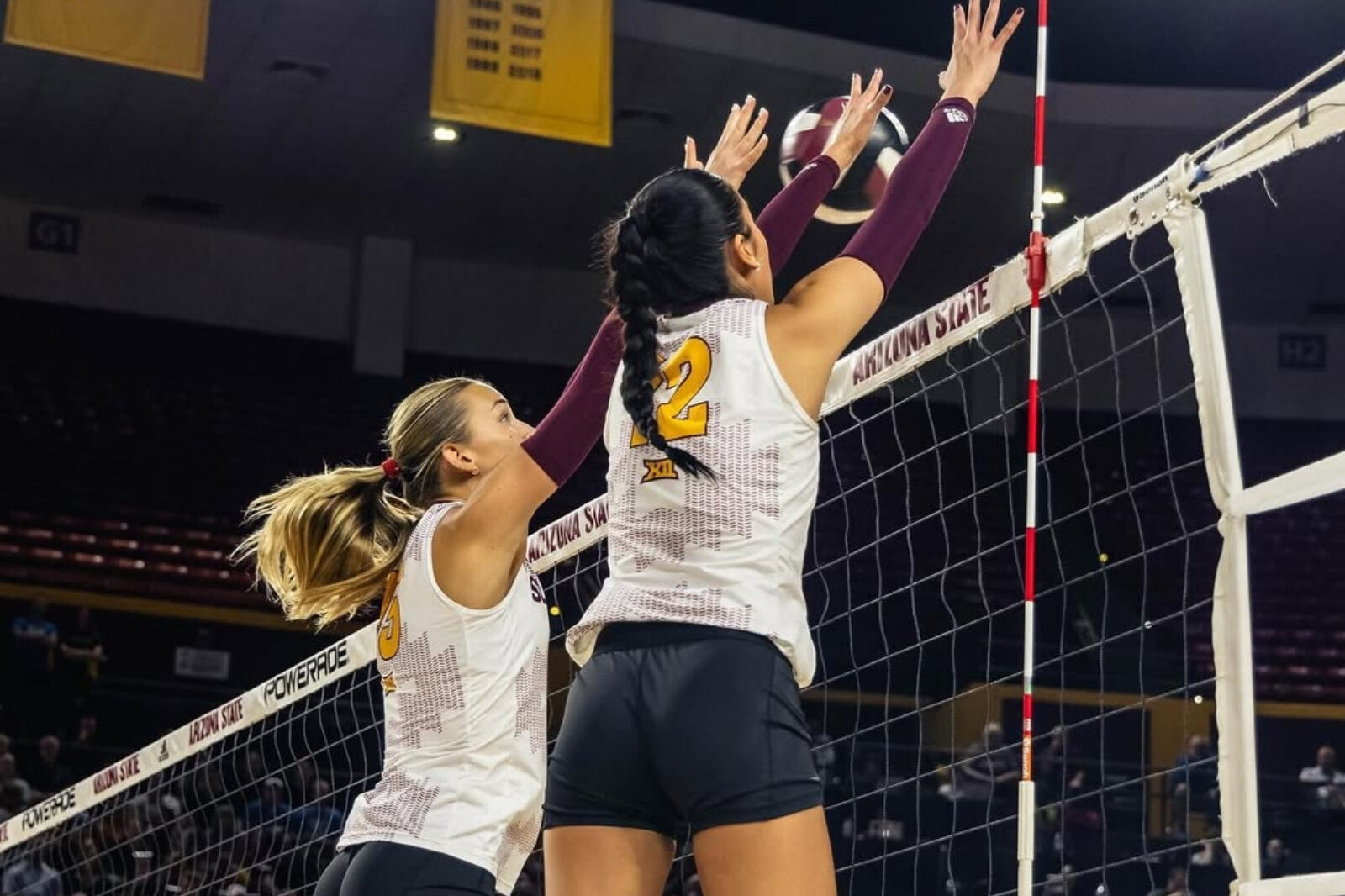How Volleyball Metrics Helped Power Arizona State University to a Record-Setting Season
The Arizona State University Women’s Volleyball team used data to determine their optimal practice length, and it culminated in one of their best seasons in school history.

The Arizona State University women’s volleyball team is coming off an impressive season, finishing 28 – 7 overall. They started the season 14 – 0, went 9 – 1 at home, and earned a berth in the NCAA tournament for the first time since 2015.
In the tournament, they shut out the University of Georgia in the first round, defeated the 4‑seed Brigham Young in the second round, and put up a strong fight against the number 1 seed Stanford in the regional semifinal.
This marked the first time in program history that the Sun Devil women’s volleyball team won two matches in the NCAA tournament.
With numerous records broken, two wins in the NCAA tournament, three All-Americans, and many other milestones, some are calling the 2023 – 24 season the best in program history.
Jake Garrity is the Assistant Sports Performance Coach for Arizona State women’s volleyball. He shed light on the crucial aspect of practice efficiency and its contribution to this record-setting season.
Coach Garrity believes in the mantra, “Practice smarter, not harder.” And after reviewing the data he collected on his team, he shifted from the traditional belief of longer practice sessions equating to better results.
Get Our Five-Step Guide to Collecting and Using Volleyball Analytics
Data Led to "Training Reassessment" at ASU
This sentiment resonates with the team’s experience, where a reassessment of training duration revealed a need for adjustment. Coach Garrity notes, “We understood the duration of practice was too long previously. And as a result, the intensity wasn’t high enough.”
He underscores the significance of quality over quantity, emphasizing the importance of understanding the physiological aspects of training load. This reflects a nuanced approach to optimizing player performance.
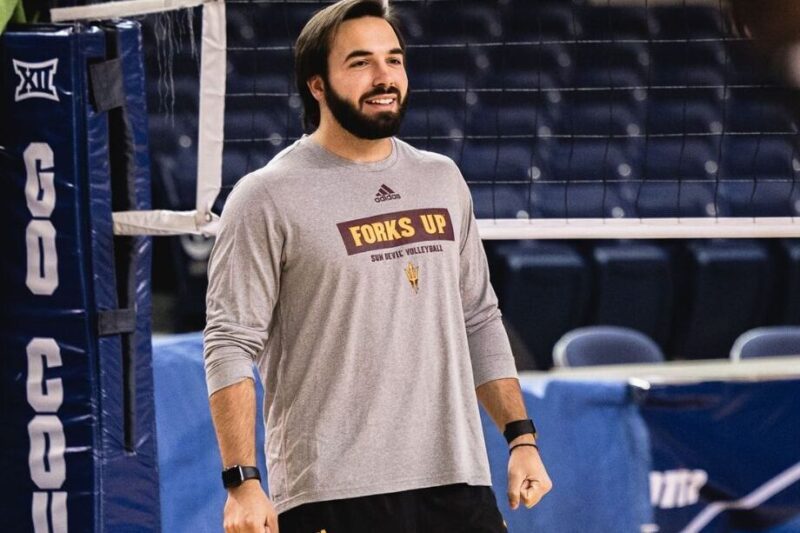
“Many people in training talk about Charlie Francis’ high-low model, which originated from track and field. While volleyball isn’t track and field, I explained to coach (Head Coach JJ Van Niel) that if we can align our intensities, the players will know what to expect and what is required of them each day,” Coach Garrity said.
“For instance, if we push them hard on the court, we can also push them hard in the weight room. Then, the next day, we provide more regenerative activities to help them recover. The key is to be synchronized, understanding our breakdown in terms of hours spent in each area, and planning our days to ensure we have both high-intensity and low-intensity days,” he added.

“We understood the duration of practice was too long previously. And as a result, the intensity wasn’t high enough.”
This perspective highlights the necessity for coaches to prioritize efficiency in practice routines.
Central to Coach Garrity’s philosophy is the concept of athlete well-being. He stresses the role of coaches in mitigating the risk of overtraining, which can lead to burnout and increased susceptibility to injuries.
“From fall ’22 to now, our athlete availability went up to 90% to 95%. That wasn’t the case previously,” he said. “Knowing that our (players) are healthy and performing at their highest levels at the end of the season definitely played a part in our success. We’re really fortunate that this was the case and are looking forward to continuing to build on this progress.”
By fostering an environment focused on quality training, coaches can enhance athlete availability and performance consistency.
Volleyball Analytics: Part of a Holistic Approach to Training
Moreover, Coach Garrity emphasizes the holistic approach to player preparation, highlighting factors such as sleep and nutrition. These elements are integral components of the team’s pre-match routine, ensuring that athletes are primed for peak performance when they step onto the court.
Garrity also acknowledges the role technology plays in providing valuable insights to coaches. While volleyball metrics serve as an influential tool, Coach understands its role is an informer-not a decision-maker. That’s where the coaches come in.

Volleyball metrics provide insights that make decisions easier for coaches. Coach Garrity emphasizes the significance of integrating data to enhance coaching strategies, all while being aware of each player’s unique needs. After all, the human element remains essential.
Get Insights on Volleyball Metrics and Coaching
The insights Jake Garrity shared on “The Xtra Edge” podcast highlight the evolving landscape of sports performance coaching, where the focus is shifting toward optimizing training efficiency.
He discussed how he Coach Van Niel meticulously aligned their practice schedules, resulting in the most successful season in Arizona State women’s volleyball history.

By prioritizing quality over quantity and embracing a holistic approach to athlete well-being, coaches can unlock the full potential of their players, leading to sustained success on the court. The Arizona State coaching staff may have just proven it.
If you’d like to start collecting data and using volleyball analytics, contact us at any time.




